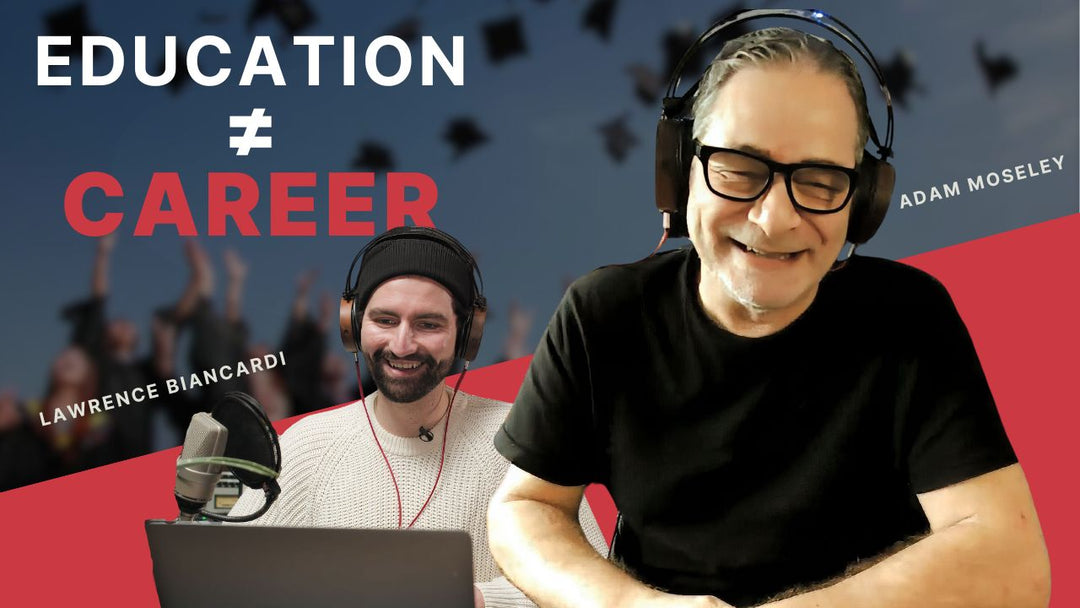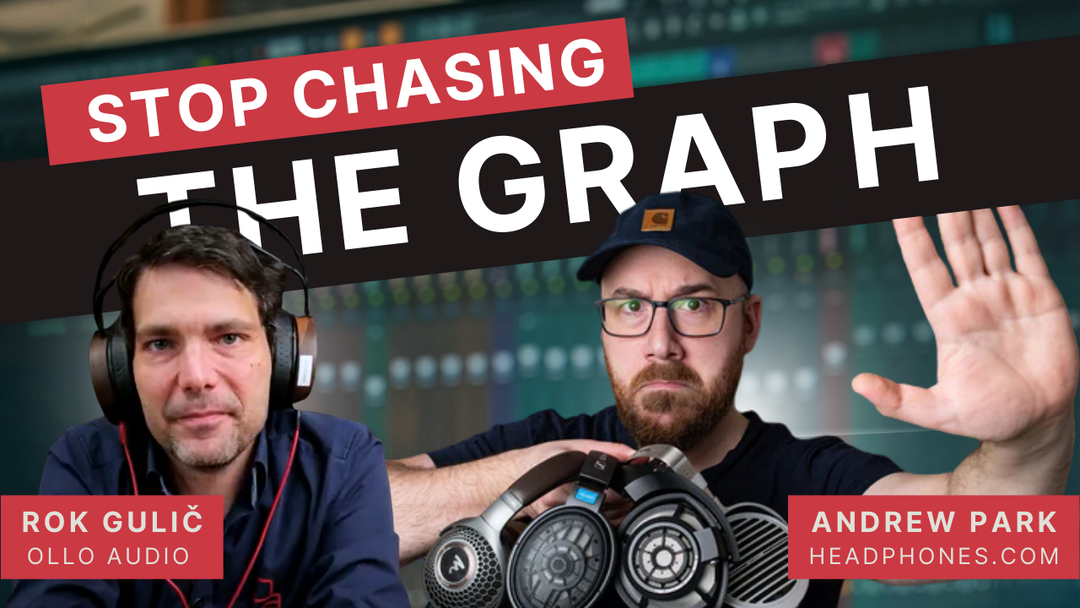THE ROLE OF HEADPHONES IN MIXING PROCESS | #02 PODCAST EPISODE
with Kevin Paul and Eduardo De La Paz.
We talked with two amazing engineers from the UK. They worked with artists like Adele, Robbie Williams, Florence, and the machine, Paolo Nutini, etc. We touched on mixing with headphones, target curves, room acoustics, speakers-based mixing, and immersive future of audio.
What's the role of headphones in immersive mixing?
Kevin: "They always play a massive role in all my mixing. In stereo, surround, and even mono. They have the role of a secondary referencing point. In the future, with immersive audio, their role is going to be even greater. Essentially most people have access to a pair of headphones. That seems to be how the majority of people will consume content in immersive formats."
Eduardo comments that he's primarily a stereo mixer but is very interested in immersive too. He's using headphones to check mixes and uses them when he's working from remote locations.
What's the most important thing to be aware of when mixing on headphones or speakers, Eduardo?
Eduardo: "In speakers, the most important part is knowing your room in speakers. It's easier to manage low end with speakers and also reverb tails I think are easier to manage on speakers. But I use both all the time. I cross-reference all my decisions."
What about you Kevin, what's the most critical part of mixing you always check with headphones?
Kevin: "For me, headphones are just another way of checking your mixes. Technology got a lot better over the years. It now allows us to mix anywhere. Headphones always play a part in my mixing. When you're comfortable with your headphones, they are just like another pair of speakers in your studio. I think it's just something you have to do. I've been using them for 20 years in my line of work."

Since 80+% of music is consumed on headphones, do you take any decision for mixing headphones first?
Kevin: "I don't think this is smart. If you only mix for speakers, they might not translate to headphones and vice versa. You should always try to get a broad consensus across all mediums."
Eduardo: "I agree. I don't think I'd mix for headphones, or laptop speakers or any specific playback device. I'd always do a mix that translated well on any system. I'd always use all the tools I have at my reach."
How did you approach exploring headphones as a monitoring system?
Eduardo: "For me, they have to be flat. I want them to be a true representation of what I worked on the last few hours with speakers."
Kevin: "Yes, I agree, flat. But also comfortable so you can listen for a long period of time. We all have different ears, so you'd want a product that you feel you can trust. Same as choosing speakers. They have similar characteristics but not all sound right to your ears."
How is the industry getting ready for the transition to immersive formats?
Eduardo: "I don't have much experience in mixing for surround ad Kevin has. This time, the technology is more consumer-ready as consumers will be able to experience it on the go, with mobile devices and headphones. No need to set up 10 speakers in your living room. Flexibility is greater than with surround sound pushed in the early 2000s."
Kevin: "With immersive audio, what is happening is that people are realizing that there are other ways of listening to music than just stereo. Similar to mono to the stereo that took about 20 years to happen, similar will happen with immersive. It started with surround, and now we have another push with object-based mixing and binaural rendering. I think the core task for all mixing engineers is to be respectful to the song, same as with stereo mixing."
We are used to listening to music with a simple soundscape developing from left to right; immersive audio can be confusing.
Kevin: "If you have children, they grow up with technology. For them, it's instantaneous and accepted what it is and how it works. For us, we have to learn it and adjust. People in the future will take it as it is. It either sounds good or not. That's it. Thankfully it's taken tech companies Dolby and Apple to push this forward. I think they can actually succeed."
Binaural rendering and upgrading your studio.
Eduardo: "For now, I am not upgrading. In the future, I think I will go with a full-blown atmos setup rather than rely on headphones only. I have heard of a lot of atmos mixers that do everything on headphones. I think you need to start on a treated room and then fold down to binaural; that's fine, I think. Right now, we don't really know what happens with the audio when it's folded down to binaural. Even more, Apple is using their own renderer, so already there we have inconsistent rendering between Dolby studio and Apple playback."

Kevin: "I think all of those are valid points. In terms of the binaural aspect of the fold-down of the mix. You have options on how to place objects on the bed. Same way as they are or alternative three settings, near, mid, and far. That adds a bit of ambiance to the sound. I think that most people recognized that for the format to succeed, the presentation must be the best possible on headphones. Developers are really trying to make this a better experience, they consult with industry, and I think are on the right track."
Rok: "Thank you, Kevin and Eduardo, for participating in this podcast. It's distributed by Headliner magazine on all the major podcast platforms."

EDUARDO DE LA PAZ
Eduardo is a 2x Grammy Award + 1x Latin Grammy Award winning mixer producer based at Tostada Studios, London, UK.
Eduardo has worked in seminal albums by Arcade Fire, The National, New Order, Paolo Nutini. As well as mixing for Matt Corby, Local Natives, Frightened Rabbit, Zoé, Jesse & Joy, The Charlatans and many others.
https://www.eduardodelapaz.com/
https://www.instagram.com/eduardodelapaz_

KEVIN PAUL




